The Decalogue of Excellence: Ten Foundational Elements for Manufacturing Premium Aquafeed
The rapid expansion of global aquaculture is a cornerstone of the future of food security. As wild fish stocks plateau or decline, the responsibility of providing the world with high-quality seafood falls increasingly on farmed species. At the very heart of a successful, sustainable, and profitable aquaculture operation lies a single, critical input: the feed. It is not merely a source of sustenance; it is a sophisticated, engineered product that dictates growth rates, animal health,fish feed pellet machine, environmental impact, and ultimately, the economic viability and final product quality.
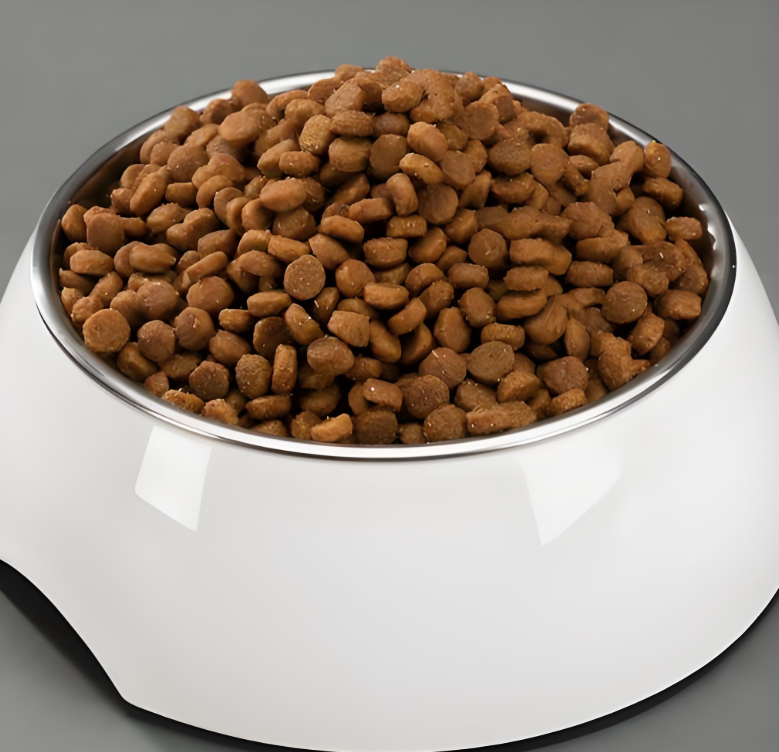
Moving from producing adequate feed to manufacturing premium feed is a quantum leap. It requires a holistic philosophy that permeates every stage, from initial research to the final bagging. This article delineates the ten indispensable elements that separate standard rations from high-performance, sustainable, and superior aquafeed. fish feed pellet machine,These principles form the decalogue for excellence in this demanding and vital industry.
Element 1: Precision Nutritional Formulation – The Science of Targeted Diets
The foundation of exceptional feed is a scientifically precise formulation. This is not a one-size-fits-all endeavor; it is the art and science of tailoring a diet to the exact biological needs of a specific species, at a specific life stage, under specific environmental conditions.
1.1. Species-Specific and Life-Stage Nutrition:
The nutritional requirements of a juvenile shrimp, a growing salmon parr, and a broodstock trout are vastly different. Premium feed formulation begins with a deep understanding of these nuances.
- Protein and Amino Acid (AA) Requirements: Protein is the most expensive component and the primary driver of growth. However, the focus must be on the profile of essential amino acids (EAAs) rather than just crude protein percentage. Fish and shrimp require ten EAAs (e.g., lysine, methionine, threonine, tryptophan) in precise proportions. fish feed pellet machineFormulations are built to match the “ideal protein” model, where the EAA profile of the diet mirrors the requirement of the animal. This prevents deficiencies that stunt growth and avoids wasteful excesses that are deaminated and excreted, polluting the water. For example, lysine is often the first limiting amino acid in plant-based diets for salmonids.
- Lipids and Fatty Acids: Lipids are the primary energy source and crucial for cell membrane integrity and hormone production. The type of fat is paramount. Marine fish and shrimp have a limited ability to synthesize long-chain polyunsaturated fatty acids (LC-PUFAs) like Eicosapentaenoic Acid (EPA) and Docosahexaenoic Acid (DHA). These must be supplied directly in the diet. A deficiency leads to poor growth, neurological issues, and reduced stress resistance. Furthermore, the final nutritional value of the fillet for human consumption is directly influenced by the fatty acid profile of the feed.
- Carboidrati: While carnivorous fish have a limited capacity to digest complex carbohydrates, they play a crucial role as a cost-effective energy source and, more importantly, as a binding agent during the extrusion process. The level and type of starch (e.g., wheat, corn) must be optimized to ensure digestibility and proper pellet texture without causing metabolic stress.
- Vitamine e minerali: These micronutrients are co-factors for nearly every metabolic process. Vitamin C (ascorbic acid) is critical for collagen formation and immune function but is highly susceptible to heat degradation during processing. Vitamin E acts as a powerful antioxidant, protecting both the feed lipids and the animal’s cells. Minerals like phosphorus are essential for skeletal development, but their bioavailability varies greatly depending on the source (e.g., inorganic phosphates are far more available than phytate-bound phosphorus in plants).
1.2. The Role of Least-Cost Formulation (LCF) Software:
Modern formulation relies on sophisticated LCF software. The nutritionist inputs the nutritional constraints (e.g., min. 40% protein, min. 1.5% lysine, max. 8% phosphorus) and the software calculates the cheapest combination of available raw materials to meet those specs.fish feed pellet machine In premium feed production, this is not a race to the bottom on cost. The “constraints” are sacrosanct and include parameters for ingredient quality, digestibility, and sustainability certifications, ensuring that cost-cutting never compromises the fundamental nutritional integrity of the diet.
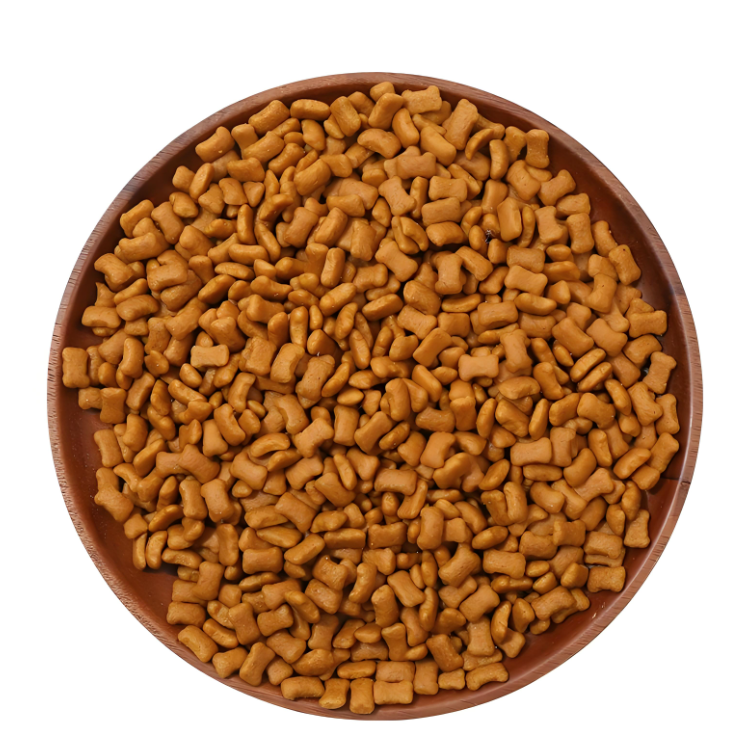
1.3. Digestibility Coefficients:
A nutrient present in the feed is useless if the animal cannot absorb it. Premium feed formulation uses apparent digestibility coefficients (ADCs) for each raw material. The ADC for protein in a particular batch of fishmeal is different from that in soybean meal. By formulating with digestible nutrients rather than gross nutrients, manufacturers can create more efficient, less polluting feeds. This requires extensive and ongoing research, often in partnership with academic institutions, to build robust digestibility databases.
Element 2: Sourcing and Quality of Raw Materials – The Integrity of the Inputs
The most perfect formulation is worthless if the raw materials are of poor quality. The adage “garbage in, garbage out” is starkly true in aquafeed production. Rigorous sourcing and quality assurance are non-negotiable.
2.1. Strategic Sourcing of Core Ingredients:
- Fishmeal and Fish Oil: The quality of marine ingredients varies dramatically. Premium feeds use fishmeal with high protein content (>68%), low ash content (<12%), and excellent freshness indicators (low levels of histamine, putrescine, and cadaverine). The source of the fish (e.g., whole forage fish vs. trimmings from filleting operations) and the processing method (e.g., steam drying vs. flame drying) significantly impact quality. fish feed pellet machineSustainability certifications, such as those from the Marine Stewardship Council (MSC) or IFFO RS, are increasingly important.
- Plant Proteins: The shift towards plant-based proteins (soybean meal, corn gluten, wheat gluten) is essential for sustainability. However, these ingredients contain anti-nutritional factors (ANFs) like trypsin inhibitors, lectins, and saponins. Premium feed producers use refined, processed versions—such as soybean concentrate—where these ANFs have been deactivated, rather than standard soybean meal.
- Micro-Ingredient Premixes: The vitamin and mineral premix is the “secret sauce” of the feed. Partnering with reputable, specialized premix manufacturers is crucial. They ensure the stability, bioavailability, and correct physical characteristics (particle size) of these trace components to guarantee uniform distribution.
2.2. Incoming Quality Control (QC):
Every raw material delivery must pass through a stringent QC gateway.
- Rapid Analysis: Near-Infrared (NIR) spectroscopy provides instant, non-destructive analysis of moisture, protein, fat, and ash, allowing for quick acceptance or rejection decisions.
- Wet Chemistry Laboratory: For definitive analysis, the lab performs:
- Analisi prossimale: The standard method for nutritional composition.
- Peroxide Value (PV) and Anisidine Value (AV): These measure primary and secondary oxidation products in oils, respectively. High values indicate rancidity, which is detrimental to animal health and palatability.
- Microbiological Assays: Test per Salmonella, E. coli, and total mold count is essential for biosecurity.
- Mycotoxin Screening: Using Enzyme-Linked Immunosorbent Assay (ELISA) tests to detect aflatoxins, ochratoxin, and other fungal toxins in grain-based ingredients.
Only after a certificate of analysis is generated and the material meets all specifications is it approved for use in production.
Element 3: Advanced Manufacturing Processes – The Transformation Engine
The transformation of a powdered formula into a stable, durable, and palatable pellet is a feat of precision engineering. The choice and control of the manufacturing process are paramount.
3.1. Grinding (Particle Size Reduction):
This initial step is critical for homogeneity and digestibility. A fine, uniform particle size (often achieved through hammer mills with specific screen sizes) is essential because:
- It creates a larger surface area for digestive enzymes to act upon, improving nutrient absorption.
- It allows for a perfectly homogeneous mix, ensuring every pellet has an identical nutritional profile.
- It is a prerequisite for producing a high-quality, water-stable pellet in the subsequent extrusion step.
3.2. Mixing (The Pursuit of Homogeneity):
The goal is to distribute micro-ingredients (like the vitamin premix) evenly throughout several tons of macro-ingredients. High-speed, double-ribbon mixers are standard. The mixing time is precisely calibrated; under-mixing creates “hot spots” of concentrated vitamins or medications, while over-mixing can cause particle segregation. fish feed pellet machineThe mix uniformity is regularly tested using salt or another tracer, with a Coefficient of Variation (CV) of less than 5-7% being the industry benchmark for excellence.
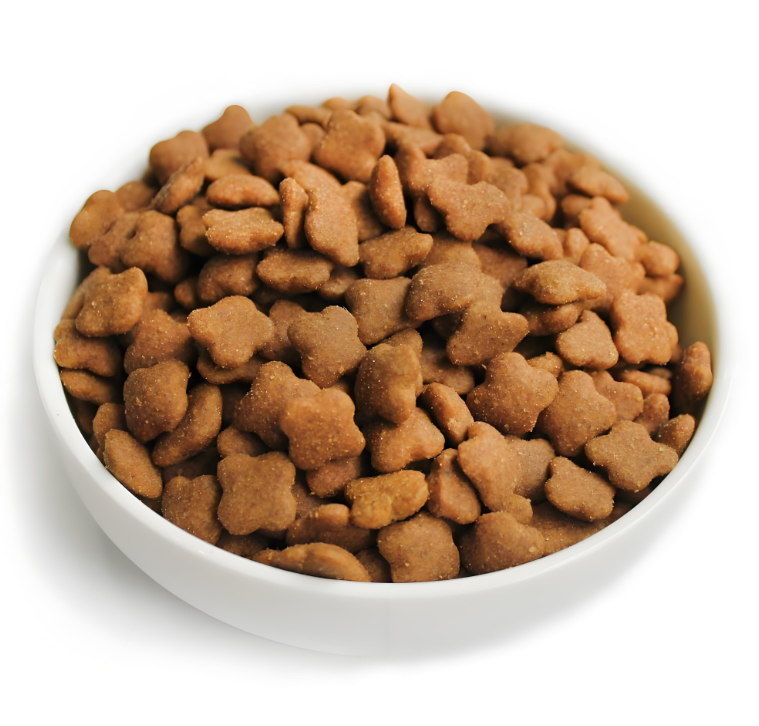
3.3. Conditioning and Expansion:
Before pelleting, the mash is conditioned with steam. This hydrates and heats the mixture, initiating the gelatinization of starch. For high-end feeds, this step is often enhanced by an “expander,” which subjects the mash to higher pressure, temperature, and shear, achieving near-complete starch gelatinization. This “super-conditioning” significantly improves pellet durability, water stability, and starch digestibility.
3.4. Extrusion Technology:
For most high-performance feeds, extrusion cooking is the method of choice. It offers unparalleled flexibility and control.
- The Process: The conditioned mash is forced through an extruder barrel by a series of screws, subjected to high pressure, temperature (120-150°C), and intense mechanical shear. When this plasticized dough exits the die, the sudden pressure drop causes water to flash into steam, “puffing” the pellet.
- Key Advantages:
- Buoyancy Control: By manipulating recipe, moisture, and die pressure, manufacturers can produce fast-sinking, slow-sinking, or floating pellets to match the feeding behavior of the target species.
- Superior Water Stability: The extensive starch gelatinization creates a dense matrix that resists disintegration, minimizing nutrient leaching and water pollution.
- High Fat Absorption: The porous structure allows for post-extrusion vacuum coating with very high levels of oil (up to 35-40% in some salmon diets), creating ultra-high-energy feeds.
Element 4: Incorporation of Functional Additives – Beyond Basic Nutrition
Premium feeds go beyond satisfying basic macronutrient needs. They include “functional additives” designed to enhance health, performance, and safety.
4.1. Gut Health Promoters:
The gut is a major site of nutrient absorption and immune defense.
- Probiotics: Live, beneficial bacteria (e.g., Lactobacillus, Bacillus species) that colonize the gut, outcompeting pathogens and producing beneficial compounds like short-chain fatty acids.
- Prebiotics: Non-digestible food ingredients (e.g., Mannan-Oligosaccharides – MOS, Fructo-Oligosaccharides – FOS) that selectively stimulate the growth and activity of beneficial gut bacteria.
- Organic Acids: Acids like formic, propionic, and lactic acid can lower gut pH, inhibiting the growth of pathogenic bacteria like Vibrio e Aeromonas.
4.2. Immunostimulants:
These compounds “prime” the innate immune system, making the animal more resilient to disease challenges without the use of antibiotics. Key examples include:
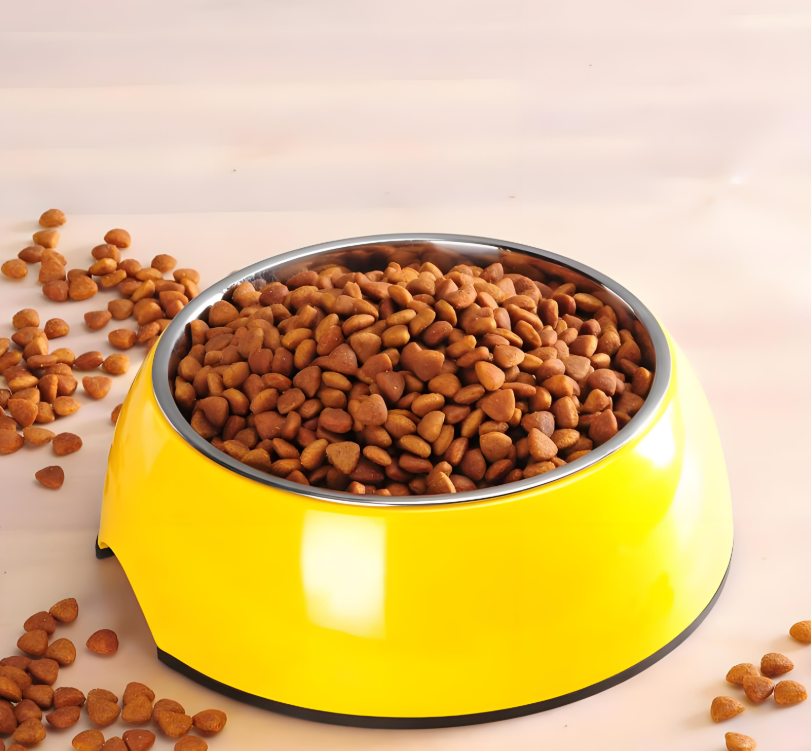
- Beta-Glucans: Derived from yeast or fungal cell walls, they enhance the activity of macrophages and other immune cells.
- Nucleotides: Building blocks of DNA and RNA that support rapid cell division, which is crucial for immune responses and gut lining repair.fish feed pellet machine
4.3. Enzymes:
- Phytase: This is a critical enzyme added to plant-based diets. It breaks down phytic acid, releasing the bound phosphorus and making it available to the fish. This dramatically reduces the excretion of phosphorus into the aquatic environment, a major sustainability benefit, while also reducing the need for expensive inorganic phosphate supplements.
- Non-Starch Polysaccharide (NSP) Enzymes: (e.g., xylanase, glucanase) can break down indigestible fibers in plant ingredients, reducing gut viscosity and improving the digestibility of other nutrients.
4.4. Feed Attractants and Palatability Enhancers:
To ensure rapid consumption and minimize waste, natural attractants like amino acids (glycine, alanine), betaine, and some nucleotide derivatives are added. This is especially important when transitioning to plant-based diets, which may be less inherently attractive to carnivorous species.
Element 5: Optimal Physical Quality – The Pellet as a Delivery System
A nutritionally perfect pellet is a failure if it disintegrates before being eaten. The physical properties of the feed are a critical quality parameter.
5.1. Pellet Durability Index (PDI):
This is a standardized test (often using a tumbling box called a Holmen tester or a Durability Tester) that measures the resistance of pellets to breakage during handling,fish feed pellet machine transport, and pneumatic feeding systems. A high PDI (e.g., >98%) is essential to minimize the creation of “fines,” which are wasted, pollute the water, and are often unconsumed.
5.2. Water Stability:
For species like shrimp that are slow, bottom feeders, the pellet must remain intact in water for a prolonged period (often 2-4 hours) without leaching nutrients or falling apart. This is achieved through a combination of fine grinding, optimal conditioning, the use of binding agents (like gelatinized starch or specific gums), and gentle drying.
5.3. Oil Leakage and Dust Control:
Pellets with high oil content must be processed correctly to prevent the oil from leaching out, which creates a mess, represents a loss of energy, and can form a film on the water surface. Proper drying, cooling, and vacuum coating technology are used to bind the oil within the pellet’s matrix. Similarly, dust-free pellets are vital for animal health (preventing respiratory issues in feed mill workers and fish) and reducing waste.
Element 6: Sustainability and Environmental Stewardship – A Moral and Market Imperative
The long-term viability of aquaculture depends on its sustainability profile, and feed is the largest contributor to its environmental footprint.
6.1. Reducing the Fish-In-Fish-Out (FIFO) Ratio:
This metric measures how many kilograms of wild fish are used to produce one kilogram of farmed fish. Through the strategic use of alternative proteins (see 6.2) and trimmings from fish processing, the FIFO ratio for species like salmon has dropped dramatically, to below 1.0 for many producers, meaning they are net producers of fish protein.
6.2. Incorporation of Novel Ingredients:
The search for sustainable alternatives is a major R&D focus.
- Insect Meal: Larvae of the Black Soldier Fly (Hermetia illucens) are efficient converters of organic waste into a high-quality protein and lipid source, with an excellent amino acid profile.
- Single-Cell Proteins: Proteins from bacteria, yeast, or microalgae grown in bioreactors, completely independent of agricultural land.
- Algal Oils: Oil from marine microalgae is now a commercially viable, sustainable source of DHA and EPA, allowing for the reduction of fish oil in the diet.
6.3. Precision Nutrition and Low Pollution Formulations:
By formulating with digestible phosphorus and using phytase, phosphorus pollution is minimized. Similarly, formulating with highly digestible ingredients reduces the output of nitrogenous wastes (ammonia). This improves the water quality in the culture systems and reduces the eutrophication potential of the farm’s effluent.
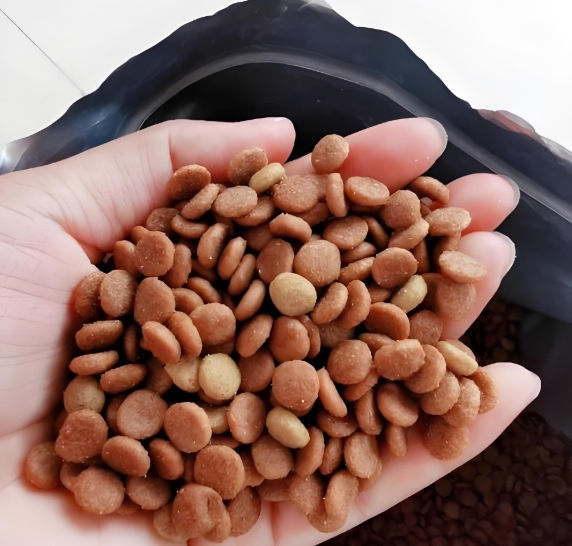
Element 7: Rigorous Quality Control and Traceability – The Unbroken Chain of Custody
Quality cannot be inspected into a product; it must be built into the process. However, relentless verification at every stage is essential.
7.1. In-Process Control (IPC):
Operators continuously monitor key process parameters: mash particle size, conditioner temperature and moisture, extruder barrel temperatures and pressures, dryer temperatures, and final pellet moisture. Statistical Process Control (SPC) charts are used to detect deviations from the norm before they result in non-conforming product.
7.2. Final Product Analysis:
Every batch of finished feed is sampled and analyzed to verify it meets the guaranteed nutritional analysis and physical specifications. fish feed pellet machineThis includes PDI testing, water stability tests, and verification of pellet size.
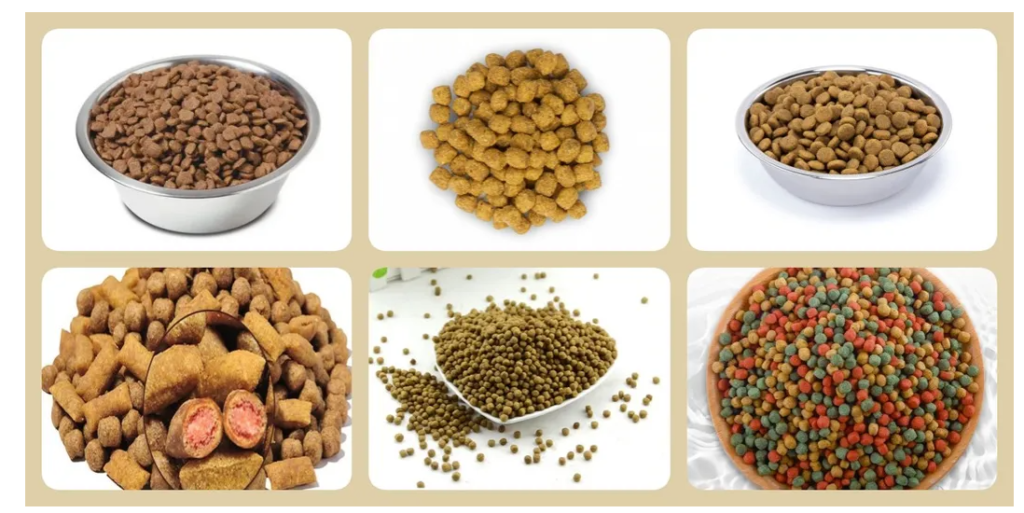
7.3. Full Traceability:
From the reception of each raw material lot to the dispatch of each feed batch, a complete record is maintained. This is critical for quality assurance and vital in the event of a recall, allowing for the swift and precise identification and isolation of any problematic material.
Element 8: Continuous Research and Development – The Innovation Engine
The field of aquaculture nutrition is dynamic. Complacency is the enemy of excellence. A commitment to continuous R&D is what keeps a feed manufacturer at the forefront.
8.1. Internal R&D and Collaborations:
Leading companies invest heavily in their own research facilities, including wet labs, pilot-scale feed mills, and often, their own aquaculture research centers. They also collaborate closely with universities, research institutes, and technology providers to explore new ingredients, fish feed pellet machinenew additives, and new manufacturing techniques.
8.2. Life-Cycle and Challenge Studies:
Beyond digestibility trials, R&D involves long-term growth trials to assess the performance of new formulations over the entire production cycle. Furthermore, “challenge studies,” where fish are deliberately exposed to pathogens after being fed experimental diets, are crucial for validating the efficacy of new health-promoting additives.
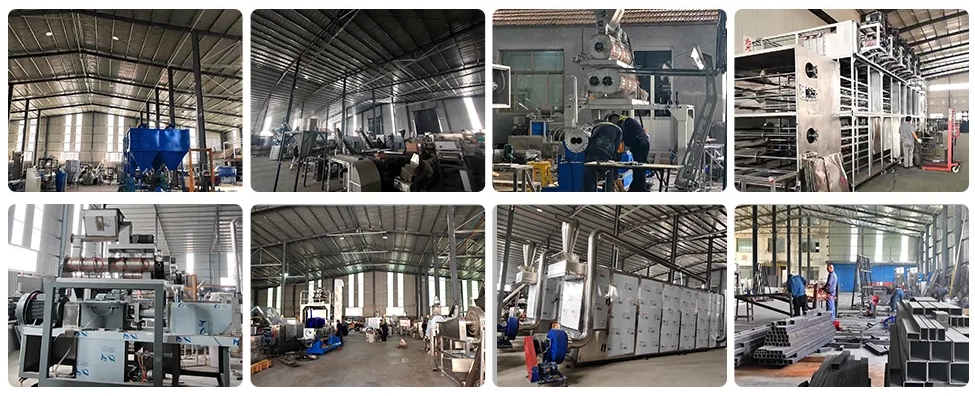
Element 9: Technical Service and Customer Support – The On-Farm Partnership
The best feed can underperform if it is not used correctly. Premium feed manufacturers provide extensive technical support to their clients.
9.1. On-Farm Advisory Services:
Technical sales representatives are trained nutritionists and biologists who work directly with farmers. They advise on optimal feeding strategies (frequency, ration size), monitor feeding responses, help with storage solutions, and troubleshoot problems related to feed performance, water quality, or fish health.
9.2. The Feedback Loop:
This on-the-ground presence provides an invaluable feedback loop to the formulators and production managers at the mill. Information about pellet buoyancy, observed palatability, or fish condition in the field is fed back directly to drive continuous improvement in the product.
Element 10: Data Management and Digital Integration – The Future is Now
The final element of modern premium feed production is the integration of data and digital technology.
10.1. From Formulation to Farm 4.0:
LCF software is integrated with Enterprise Resource Planning (ERP) systems, linking formulation with raw material procurement, inventory, and production scheduling. This ensures efficiency and traceability.
10.2. Integration with Smart Feeding Systems:
Feed companies are developing feeds that are optimized for use with AI-powered feeding systems. These systems use underwater cameras and sensors to detect feeding activity and satiation, stopping the feeding the moment the fish stop eating. The feed formulation can be adjusted to work in perfect harmony with this technology, achieving the lowest possible FCR and virtually eliminating waste.

Producing a premium aquafeed is a complex, multi-disciplinary endeavor that demands excellence across a wide spectrum of activities. It is a symphony composed of ten distinct movements: Precision Formulation, Quality Sourcing, Advanced Manufacturing, Functional Additives, Optimal Physical Quality, Sustainability, Rigorous QC, Continuous R&D, Technical Support, and Digital Integration. Neglecting any one of these elements compromises the final product. By adhering to this comprehensive decalogue, feed manufacturers can fulfill their critical role in supporting a healthy, profitable, and sustainable global aquaculture industry, providing the world with a vital source of protein for generations to come.







